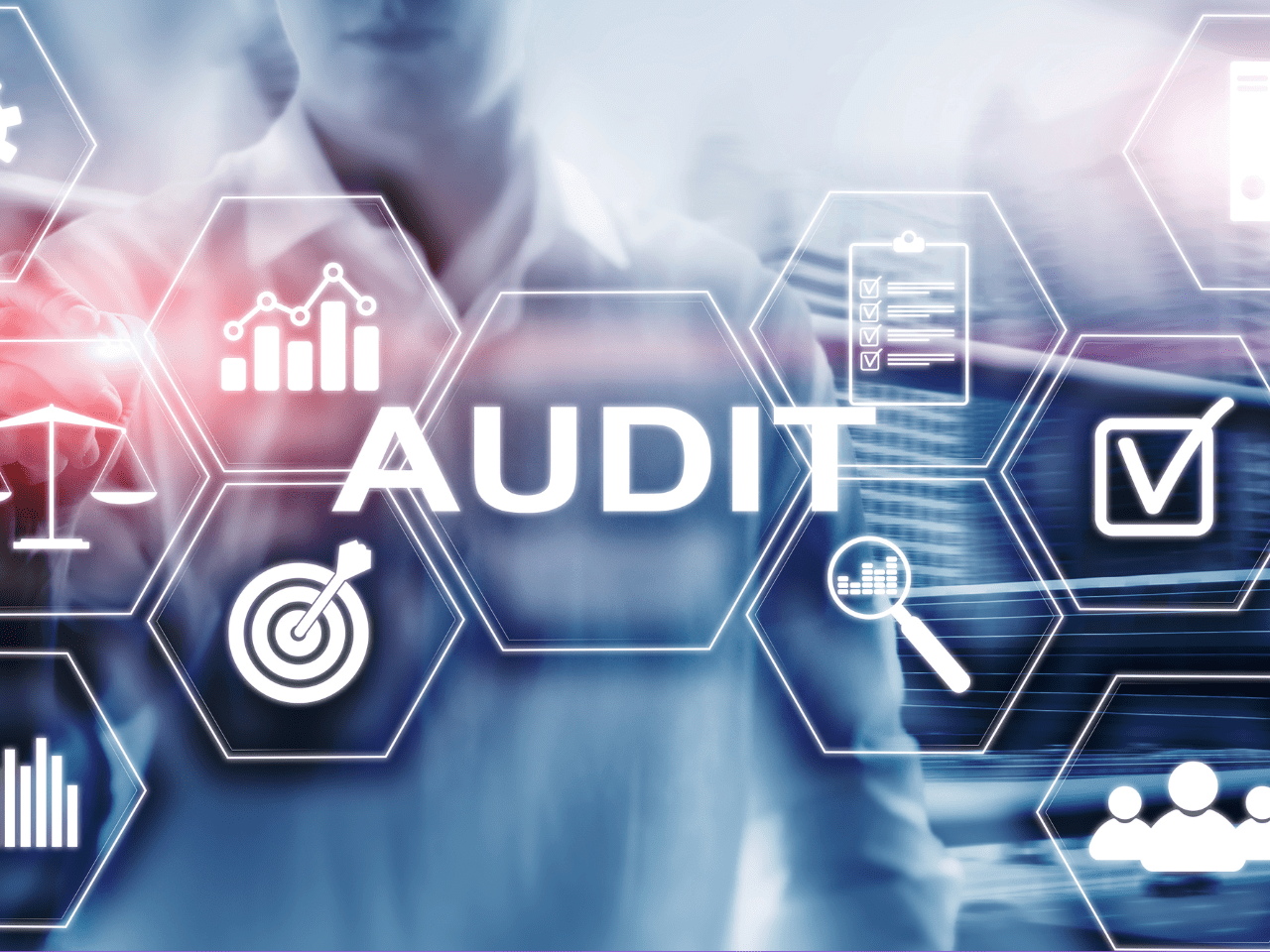April 2019 sees the introduction of the UK’s Streamlined Energy and Carbon Reduction (SECR) framework. Large companies will now need to report their greenhouse gas emissions every year.
Sustainability reporting has gone from being a niche activity of a few outliers to common practice among companies of all sizes and from all sectors. In fact, customers, clients, employees, investors, stakeholders and governments are increasingly demanding that organisations monitor and report the social and environmental impact of their operations.
There are many ways a company can benefit from sustainability reporting, and they quickly outweigh any administrative burden. From driving efficiency and improving performance to giving you a reputational boost, the information contained in such reports can be a powerful business asset.
The risks of getting it wrong
Of course, it isn’t just about reaping the benefits. There are a number of risks for those companies that fail to get to grips with sustainability reporting. The consequences of non-compliance with the growing body of environmental legislation can be severe. Aside from reputational damage to the company, directors are now considered liable if they fail to take action on climate change if it was a foreseeable risk.
Alongside investors, insurance companies are also increasingly looking at sustainability reporting as an indicator of business performance. The past year has seen the likes of Swiss Re and BNP Paribas announce they will no longer provide insurance to companies with a 30% exposure to certain fossil fuels.
Companies rarely operate in isolation, and supply chains are also under intense scrutiny. Buyers are increasingly analysing the environmental performance of the suppliers they work with, and many companies include the sustainability of their entire supply chain when calculating their own performance. Suppliers that don’t have the ability to meet more stringent criteria, or accurately measure and report their carbon use, could be at risk of being shut out.
With so much on the line, the importance of not only reporting on sustainability, but doing it well, is clear. The last few years have seen an explosion in the number of tools that can help companies calculate and report their carbon emissions. But where do you start?
Here are the four main things you need to consider when choosing your sustainability reporting tool.
Learn more about how we can help manage environmental sustainability in your supply chain
Free vs. paid tools
You will be able to find everything from simple calculators to very sophisticated software. You will also find a number of free tools that claim to be a low-cost way of meeting reporting obligations. However, as with most things, you get what you pay for.
With a free tool, you simply won’t know what standards and benchmarks it is using, how often it is updated and whether it is third-party audited. This lack of assurance is a serious risk. Can you be confident in the results you are getting? Of course, if you are only looking for a quick estimate of your emissions to try and identify potential cost savings, a free calculator could suffice. But for reporting into a compliance scheme where your director has to sign off the results, it’s important to have more assurances.
This is what our Carbon Reduce certification (formally CEMARS) provides. It is a simplified, credible and internationally recognised process that provides buyers and suppliers with truly independent, certified carbon and energy reporting and audits.
What are you measuring and why?
It’s important to consider what standards your software tool needs to comply with. There are a number of ISO standards, so being clear on which apply to you is a must. This will depend on what you are trying to measure and why.
These standards are moving away from a strict ‘carbon accounting’ approach to a broader look at all the ways big companies impact the environment, including their supply chains. Compliance is no longer just about ticking boxes, it is about driving action and creating positive change in the world.
Future-proofing your process
The world of sustainability science, regulation and compliance is moving fast and you need to be sure your tool keeps you updated. Every year the UK government publishes new emissions factors and failing to use these in your calculations could really distort your company’s reporting.
You should choose a tool that keeps up-to-date with new data and methodologies. Our Carbon Reduce tool does this while also allowing you to benchmark your performance against your peers.
Get the right reporting formats
If you are only going to report your carbon footprint as part of your annual report, you are free to present the information in almost any way you want. If, however, you are reporting the information as part of your compliance to a particular ISO standard, you will need to present it in the required format (currently, SECR does not demand a particular format). Carbon Reduce takes the pain out the process by automatically doing this for you.
Sustainability reporting is still in its infancy and a lot of companies are having to learn about it fast. At Achilles, we are not only a source of knowledge and advice for the buyers and suppliers in our communities, with Carbon Reduce we are also providing the tools you need to make the sustainability reporting process straightforward and hassle-free.


